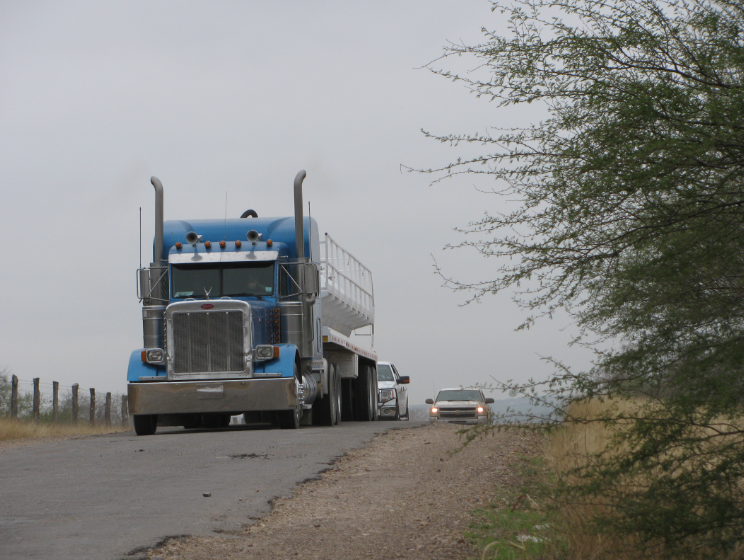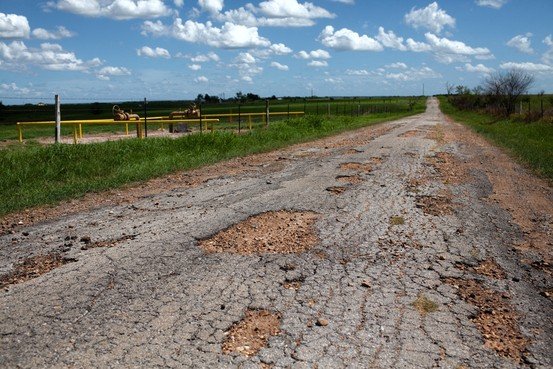June 17, 2025
By Staff Writer
The Texas Rainy Day Fund, officially known as the Economic Stabilization Fund (ESF), plays a crucial role in protecting the state’s economy during financial downturns. Established in 1988, it is funded through oil and gas severance tax revenues, collected from operating companies as the first sellers of production. While this system has ensured the growth of the fund—now projected to exceed $28 billion—some local officials have raised concerns about how these revenues are distributed.
Judge Fowler Highlights a Key Funding Gap
According to Judge Fowler’s recent statement, counties directly impacted by oil and gas activity receive no direct revenue from severance tax collections, despite significant wear and tear on local infrastructure. Fowler points out that county roads sustain serious damage from drilling and production activities, leaving local governments responsible for repairs—often requiring property tax increases to cover the costs.

However, Texas law restricts property tax revenue growth to just 3.5% per year, which limits counties’ ability to address infrastructure challenges. In addition, Fowler expressed frustration with the Texas Legislature, which did not allocate funding for the County Transportation Infrastructure Grant Fund in the latest state budget. The loophole allowing tax abatements for operating companies, while roads deteriorate, remains another unresolved issue.
Debates Over Use of Rainy Day Funds
While the ESF has been used for disaster relief, education, and infrastructure projects, the exclusion of direct funding for county road repairs has sparked ongoing discussion among local leaders. As Texas lawmakers continue to weigh how surplus funds should be used, questions remain about whether counties bearing the brunt of industry-related road damage should receive a fair share of financial support.
With billions in reserve, the Rainy Day Fund serves as a critical economic safeguard, but concerns from rural communities highlight the need for legislative adjustments. How Texas decides to allocate its resources in the coming years will determine whether counties struggling with road maintenance see relief.


